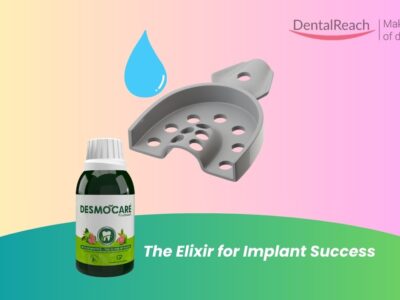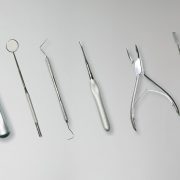A recent clinical study has provided new insights into the management of deep carious lesions in first permanent molars (FPM), emphasizing the importance of preserving pulp vitality while minimizing invasive procedures like root canal therapy. Given their early eruption and significant occlusal load, FPMs are highly susceptible to caries, making their timely and effective management a priority in dental care.
Indirect pulp capping (IPC) is a widely used approach for treating deep carious lesions in vital teeth without signs of irreversible pulpitis. Traditionally, calcium hydroxide (CaOH) has been the material of choice for IPC. However, its limitations, including high solubility and lack of adhesion, have led to the exploration of alternative materials. Mineral trioxide aggregate (MTA) has emerged as a preferred option due to its excellent biocompatibility, sealing ability, and long-term stability. Despite these advantages, MTA’s high cost, challenging handling properties, and prolonged setting time have prompted interest in more practical alternatives.
Silver diamine fluoride (SDF) is gaining attention as a potential IPC material for permanent teeth. While it has been widely used for caries arrest in primary teeth, its application in permanent molars has remained an area of active investigation. The recent study compared the clinical and radiographic success of SDF versus MTA in IPC treatments over a one-year follow-up period.
The study found that SDF demonstrated a comparable success rate to MTA, with no significant differences in outcomes such as secondary caries, postoperative pain, pulp vitality, or radiographic signs of pathology. SDF’s antibacterial properties, coupled with fluoride’s remineralizing potential, contributed to its efficacy in preventing further decay and promoting dentin formation. Additionally, SDF was identified as a cost-effective and well-tolerated material, making it a promising alternative to MTA for IPC in deep carious lesions of FPMs.
Despite these promising findings, the American Academy of Pediatric Dentistry (AAPD) has underscored the need for further research to establish standardized protocols and long-term clinical outcomes for SDF in IPC for permanent teeth. While the U.S. Food and Drug Administration (FDA) has approved SDF for caries arrest, additional clinical trials are necessary to refine treatment guidelines and optimize patient care.
For clinicians, this study highlights an opportunity to consider SDF as an alternative material for IPC, particularly in cases where cost and accessibility are concerns. As research continues, dental professionals may soon have more minimally invasive options for preserving pulp vitality and managing deep carious lesions in young patients with first permanent molars.
Source: Zaghloul, M.A.A., El Sayed, M.A., Abd Al-Gawad, R.Y. et al. Clinical and radiographic evaluation of silver diamine fluoride versus mineral trioxide aggregate as indirect pulp capping agents in deeply carious first permanent molars a randomized clinical trial. BDJ Open 11, 4 (2025). https://doi.org/10.1038/s41405-024-00286-5




















Comments